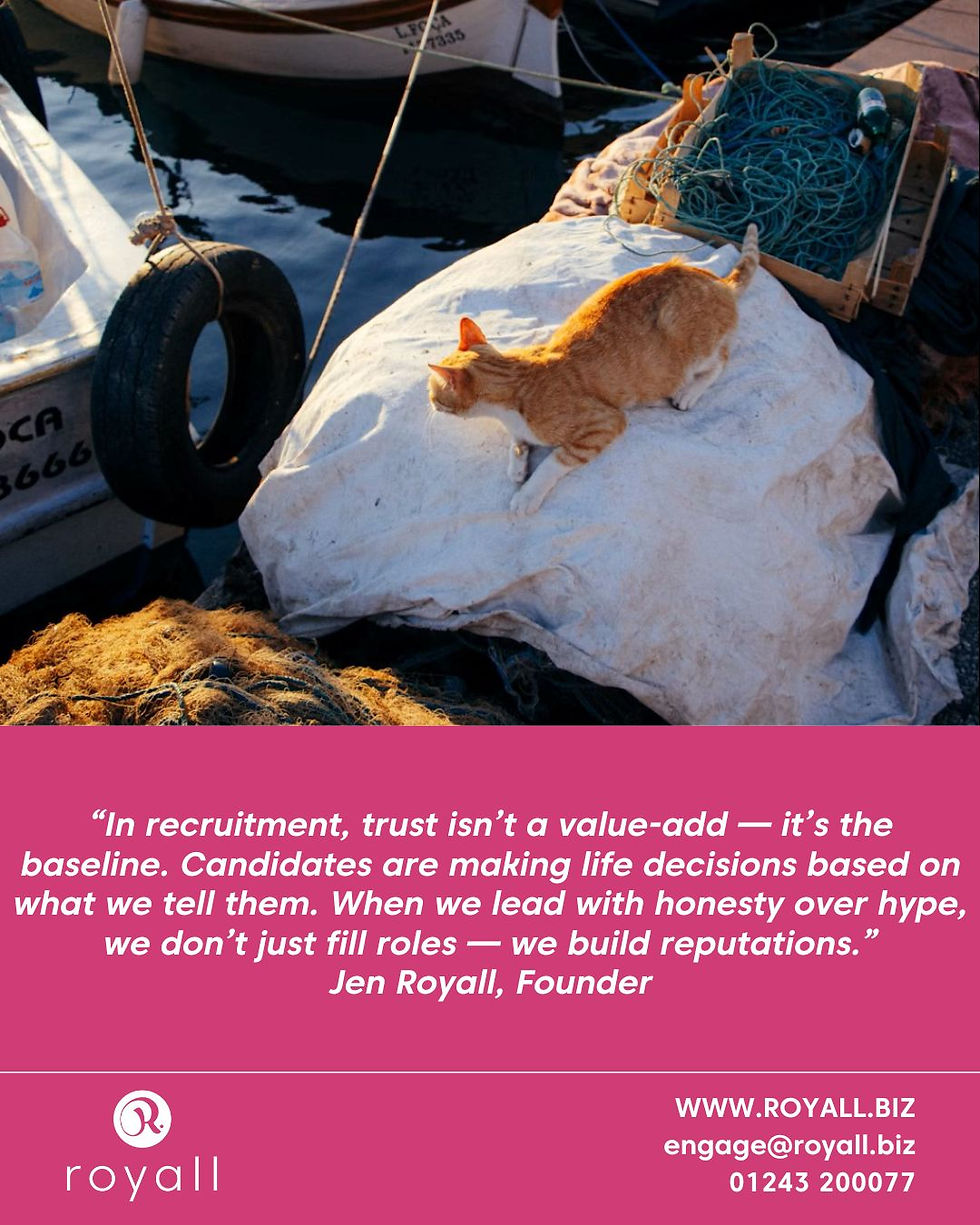The gamification of events.
- polly562
- Aug 22, 2023
- 2 min read

@royall are super excited to say that we are naturally transitioning into recruiting into new sectors, such as communications, visitor attraction and museums and we feel sure the gaming sector is ramping up just as well.
Marketing has come a long way since the days of billboards and TV ads. With the incredible power of technology and the rise of digital media, marketing has reached new heights, and businesses have jumped on the opportunity to capitalize on it. From SEO to social media, there are now more ways than ever to reach and engage with audiences.
But, with all these fantastic opportunities, there's also more competition out there. Consumers are now facing an unprecedented number of choices and people vying for their attention. So, in the world of event marketing, the question is: How can we stand out and grab their attention?
Enter gamification! This exciting strategy allows event organisers to create dynamic and interactive experiences that will wow visitors and boost marketing success. The secret lies in tapping into people's natural attraction to games and their love for challenges and rewards (those dopamine receptors are our allies). By incorporating gamified elements into marketing activities, brands can deliver unique and engaging experiences for their customers.
The benefits of using gamification in events are off the charts:
Gaining the user's undivided attention: Gamification allows brands to cut through the noise and connect with their audiences effectively. It boosts engagement, encouraging active participation rather than mindless scrolling.
Networking and Collaboration: Gamified events foster connections and collaboration among participants. Icebreakers, teamwork, and leader boards make events the place to be for making new friends and contacts.
Live Feedback: With gamification, brands can get real-time feedback and track progress. That means they can make improvements on the fly, leading to higher satisfaction scores and valuable insights for future events.
In-Depth Data: Gamification lets brands collect valuable data on attendee behaviour and preferences. Armed with this information, brands can create tailored content and personalized experiences that truly resonate with their attendees.
Increased Brand Awareness: Brands can boost brand recognition and loyalty by incorporating branding elements into their gamified challenges. Plus, the social media buzz generated by attendees sharing their experiences expands their reach even further.
Enhanced Learning and Retention: Games make learning fun and engaging. By using interactive quizzes and challenges, brands ensure that attendees remember and absorb key messages long after the event is over.
So, how do you put event gamification into practice? Here are some tips to make it a success:
Know Your Audience: Understand your audience demographics and use that knowledge to create games and challenges that match their interests and motivations.
Define Your Goals: Clearly outline your objectives, whether it's increasing engagement, boosting brand awareness, or generating leads. Knowing your purpose will help you tailor your gamification strategy.
Plan Thoroughly: Communicate the rules and mechanics of your games clearly. Crystal-clear instructions lead to maximum participation and enjoyment.
Gamification is already proving to be a hit, but there's no limit to its potential. As technology advances and businesses harness the power of data analytics and AI, we can expect even more immersive and personalised experiences.
@royall are here to help you continue to innovate, sourcing talent who can help you harness the power of play, not just in events, but in immersive storytelling, brand experiences, marketing, and cultural destinations.









Comments